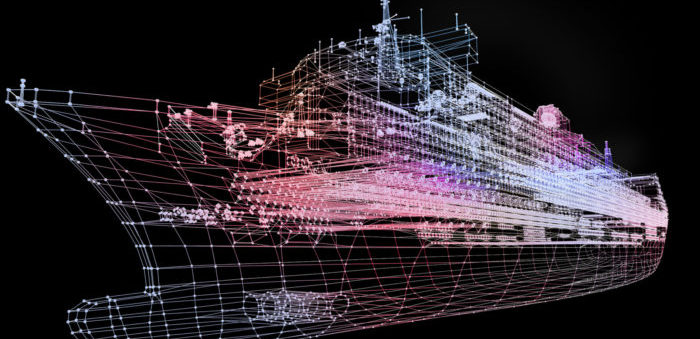As more and more new technologies are emerging, the European Transport Workers Association (ETF) and its affiliated organisations across Europe published guidelines to improve the decision-making process ahead of new technologies and steer it to the benefit of maritime safety, the environmental performance of shipping, and to the benefit of maritime professionals.
Namely, ET says that European institutions and marine manufacturers are contributing greatly to advancing innovation and development towards autonomous ships and fully integrated transport systems.
[smlsubform prepend=”GET THE SAFETY4SEA IN YOUR INBOX!” showname=false emailtxt=”” emailholder=”Enter your email address” showsubmit=true submittxt=”Submit” jsthanks=false thankyou=”Thank you for subscribing to our mailing list”]
To make this happen, the EU is awarding funding to projects and manufacturers to launch their plans for autonomous ships, and has launched a number of initiatives to promote the digital agenda in shipping.
Namely, European Member States like Norway and Finland are leaders in the development and testing of autonomous ships. Denmark is also prioritising digitalisation as part of a national action plan to promote the growth of the industry.
Under this, ETF prepared five guidelines for sustainable shipping services, in order to help European stakeholders achieve this goal:
1. No ‘one-size-fits-all’: The scenario of all shipping services being fully automated and autonomous in the near future is not realistic. Thus, it is important to acknowledge that there are different levels of change. The Maritime Safety Committee of the IMO endorsed a framework providing a definition of “Maritime Autonomous Surface Ship (MASS)” and four varying degrees of autonomy. This allows for a better and more accurate assessment of the implications for e.g. job security for seafarers.
2. Safety first: When considering sustainability, there is a need to consider the risks as well as the potential of new technologies to make the industry safer and more secure, and to improve the quality of work at sea. Namely, algorithms in control of autonomous vessels should comply with international regulation (SOLAS, COLREGS, UNCLOS). The same applies for the UNCLOS requirements on manning. Suggestions of developing new regulationsspecifically for autonomous vessels should be treated with the utmost care.
3. High standards: The many concerns about safety, security, and liability require an environment with the highest standards. Here the issue lies on the different jurisdictions governing new technologies in shipping and the creation of possible parallel legislative requirements.
4. Life-long-learning: Training and education of current and future seafarers will be highly important considering those tasks which may not be needed on a highly automated ship, and othose competencies that will be needed to interact with the new systems and machines.
5. Digital shipping = Green shipping: In case of investment in research and development of new technologies for the shipping industry, priority should be given to alternative green ship technologies to propel the vessels of the future and marine technologies aimed at reducing – if not removing – the use of fossil fuel.
You can see more information in the PDF herebelow































































